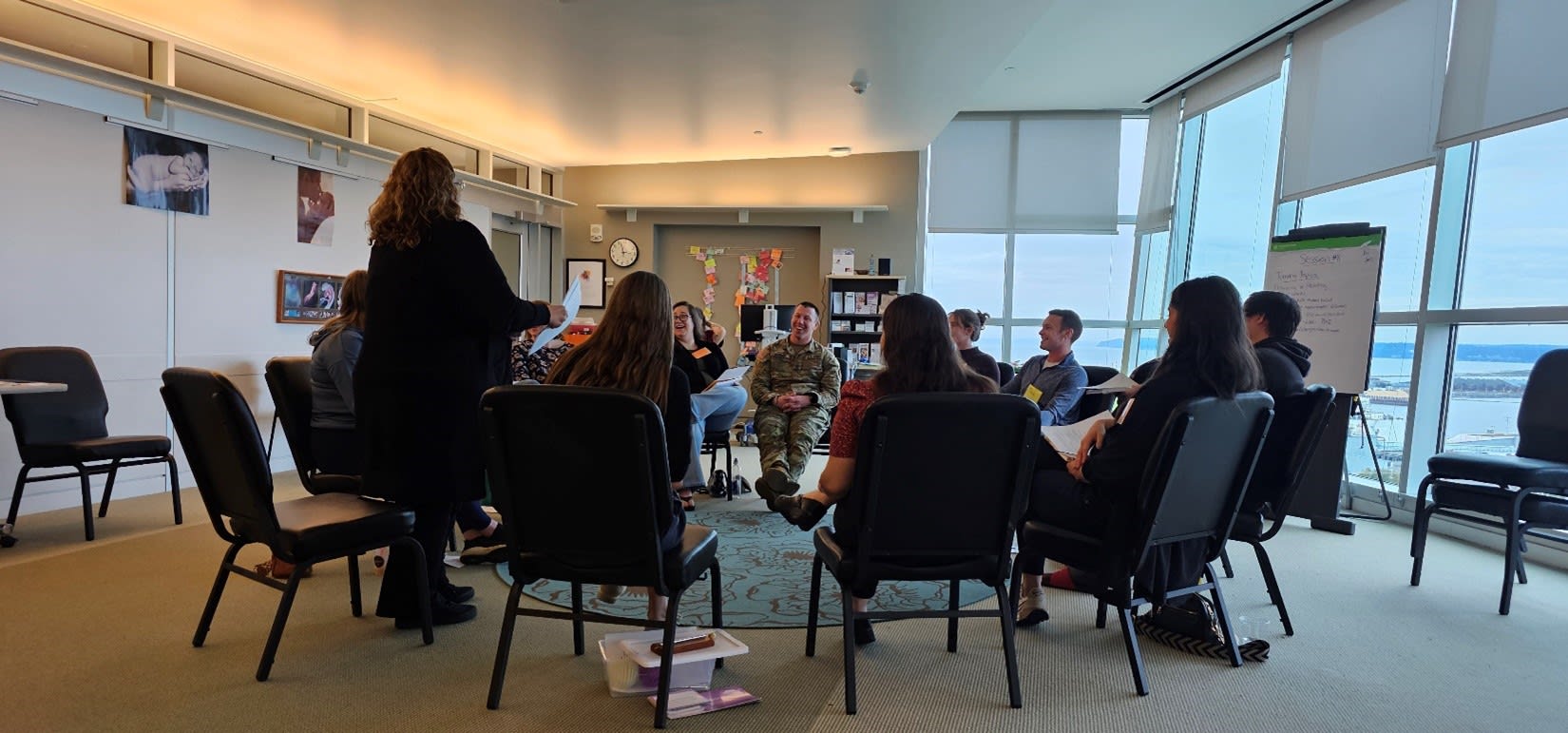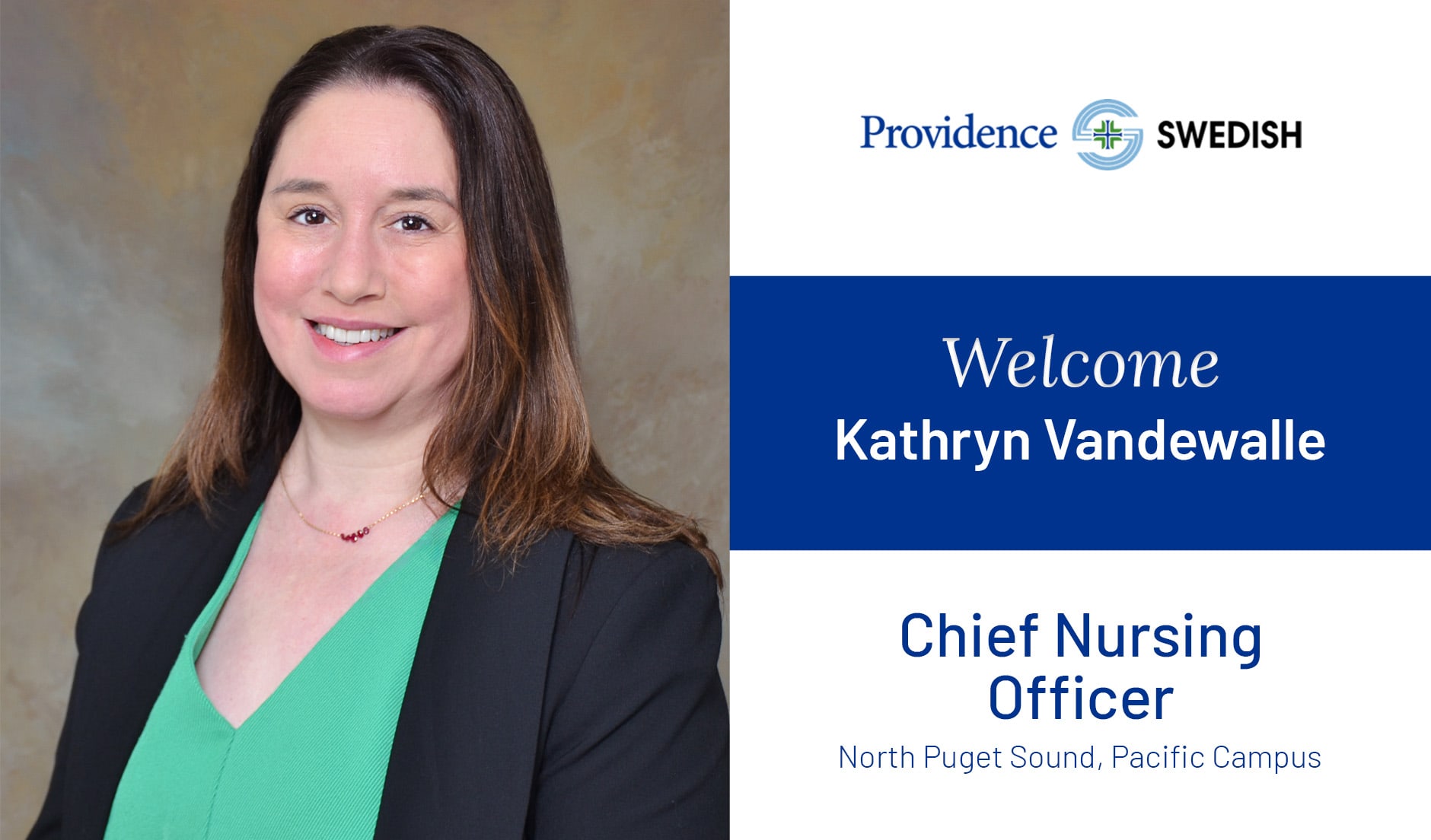Understanding seasonal affective disorder (SAD)

[4 MIN READ]
In this article:
-
Seasonal affective disorder (SAD) is more than the “winter blues.” It’s a form of depression that coincides with the changing seasons. This mental health condition tends to affect more women than men and lasts for about 40% of the year.
-
Symptoms of SAD typically start in the fall or winter months and end when spring begins. They may include feelings of sadness, irritability, loss of interest in activities you once enjoyed and social withdrawal.
-
A mental health professional at Providence Psychiatry and Counseling shares an overview of SAD and outlines several strategies to help you keep it from derailing your cold-weather months.
The leaves are finishing their annual fashion show, and a chill in the air confirms sweater weather has begun. Sundown seems to come earlier every day, and recipes for holiday food favorites are flooding social media. It must be fall.
For some people, the changing seasons are a much-loved time of year full of hot chocolate, cold weather activities and maybe a Hallmark movie or two. For people with seasonal affective disorder (SAD), however, this time of year is filled with increased anxiety, depression and social withdrawal.
SAD is more than “the winter blues.” The symptoms can be overwhelming and disrupt your daily routine. About 5% of adults in the United States experience SAD and it typically lasts about 40% of the year, according to the American Psychiatric Association.
We talked to Ira Gaddy, M.D., a psychiatrist at Providence Psychiatry and Counseling, to get answers to common questions about SAD and its impact on your mental health. Here’s what he shared.
What is seasonal affective disorder?
SAD is a form of depression that coincides with the changing seasons. For about 90% of the people who experience symptoms of SAD, their mental health challenges typically start in the fall or winter and end when spring begins, according to the National Institutes of Health (NIH).
“Seasonal affective disorder is the onset of a mood episode such as depression or mania that’s related to a specific season. While symptoms of SAD are more common in winter, summer depression can occur as well,” says Dr. Gaddy.
What are the symptoms of seasonal affective disorder?
Since it’s a form of depression, the symptoms of SAD are often very similar, according to the NIH. People with SAD frequently experience symptoms that begin in late fall or early winter and go away during spring and summer. Some people do have episodes of SAD during the warmer months, but that is not standard timing.
Symptoms of SAD may include:
- Sadness
- Feelings of hopelessness
- Irritability
- Difficulty concentrating
- Loss of interest in activities you once enjoyed
- Low libido
- Mood changes
- Excessive fatigue and low energy levels
- Disrupted sleep patterns, including an increased need for sleep and oversleeping
- Carbohydrate cravings, overeating and weight gain
- Social withdrawal
- Thoughts of suicide or self-harm
What causes seasonal affective disorder?
The exact cause of SAD is unknown. Studies show people with SAD have low levels of the brain chemical that regulates mood, called serotonin, according to the NIH. They also suggest sunlight affects serotonin and melatonin production, which could contribute to higher rates during the colder months. Social factors can also play a significant role.
“Changes in the amount of light, including the length of daylight and weather patterns, are thought to affect mood. But the weather patterns at certain times of year are also a main reason for the seasonal component,” says Dr. Gaddy. “Changes in social life are contributing factors as well – the kids are out of school, there is the excitement of vacations and being off work, not to mention holiday stress.”
Who is at risk for seasonal affective disorder?
SAD occurs much more frequently in women than in men, according to the National Institute of Mental Health. It’s also more common in people who live in areas where there are shorter daylight hours in the winter, such as Alaska or Montana.
SAD is more common in people with other mental health challenges, including bipolar disorder, depression, attention deficit and hyperactivity and anxiety disorder. It may run in families, especially those with a history of depression or schizophrenia.
How is seasonal affective disorder treated?
Treatment for SAD varies according to each person’s unique health history, symptoms and goals.
Soak up the sun
According to Dr. Gaddy, a good light machine is essential when dealing with SAD. Light therapy is pretty simple: You sit in front of a bright light daily to replace the sunshine you’re not getting during fall and winter.
"There are mood lamps that need to be 10,000 Lux, which is about a third of the sun's brightness. That’s what it needs to be to be effective. Some light therapy lamps don’t reach that brightness and aren’t really going to work,” he says.
“About 30 minutes of exposure a day to a light like this can be beneficial to your serotonin level,” adds Dr. Gaddy.
Plan ahead
Dr. Gaddy suggests using the summer and autumn to plan fun and productive activities for the winter.
"I tell people, if they're going to do some projects because they’re stuck inside, go ahead and get the materials now. Clean out the space, and even write down on the calendar when you’re going to do it," he explains.
Vitamin D
"Vitamin D is something people miss a lot. It can be surprising when you check your levels, and your doctor can do that. If your levels are really low, you may need a supplement. In fact, pretty much everyone could benefit from taking one," says Dr. Gaddy.
Talk to your doctor about checking your vitamin D levels to ensure you’re not operating on a deficit.
Medication
For some people, antidepressant medication can provide additional support.
"I have a group of patients that I see around Halloween, and we start a low-dose antidepressant until about Easter. That helps them get through the winter with a little extra boost, even if they don’t need the medication for the rest of the year," says Dr. Gaddy.
When is it time to get help?
Seek professional help if you experience severe symptoms of SAD – especially if they interfere with your day-to-day life.
“If your symptoms persist for more than a couple of weeks and light therapy and vitamin D aren't helping, then I would suggest talking to your doctor to discuss whether an antidepressant would be a good option for you," says Dr. Gaddy. “Talking with your primary care provider is a good place to start.”
Contributing caregiver

Ira Gaddy, M.D., is a board-certified psychiatrist at Providence Psychiatry and Counseling in Missoula, Mont., with advanced expertise in treating mental health challenges, including anxiety disorders, bipolar disorder and depression.
Find a doctor
If you are looking for a doctor who can help you deal with seasonal depression, you can search for one who’s right for you in our provider directory. Through Providence Express Care Virtual, you can access a full range of health care services.
Download the Providence app
It’s all in the app: easily stay connected with Providence and your health. With the Providence app, you can schedule appointments, have virtual visits from the comfort of your own home, get health recommendations personalized for you, access your health records and so much more. Learn more and download the app.
Related resources
Good sleep can improve men’s mental and overall health
Fostering equity in mental health
Understanding children’s mental health
This information is not intended as a substitute for professional medical care. Always follow your health care professional's instructions.



